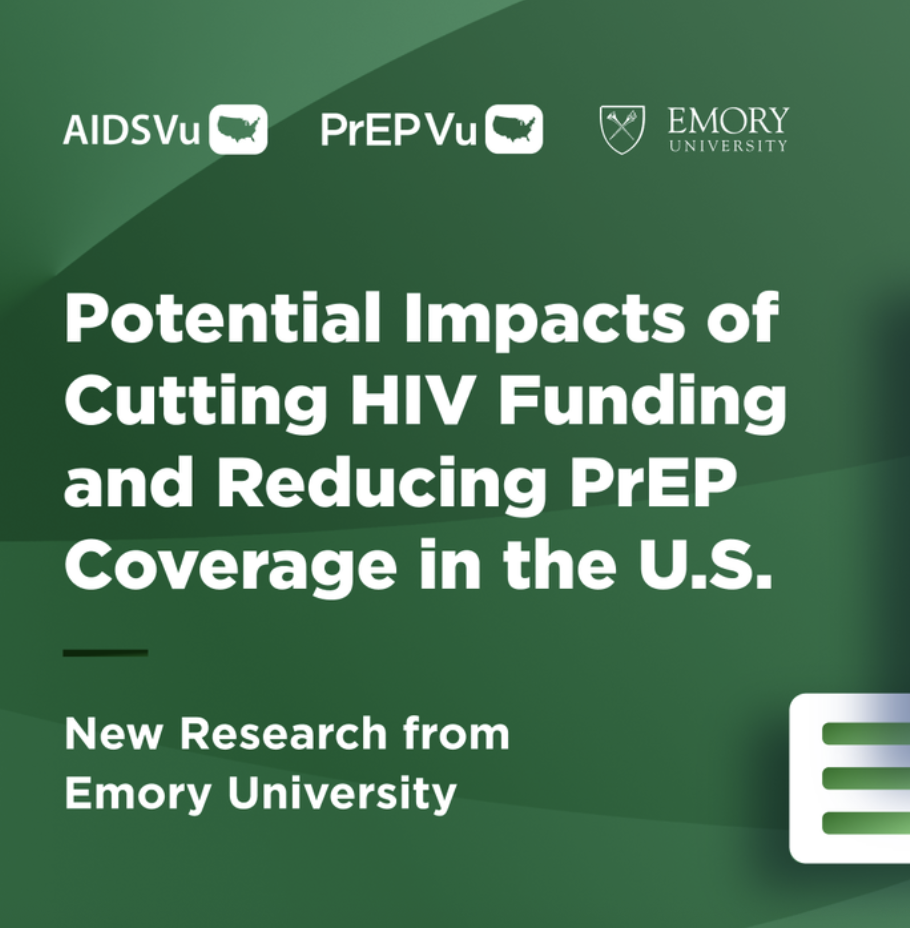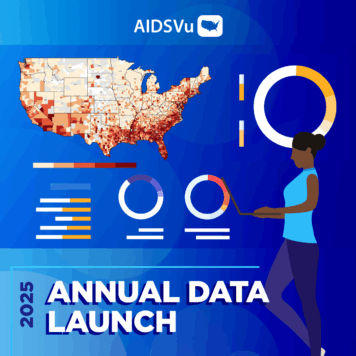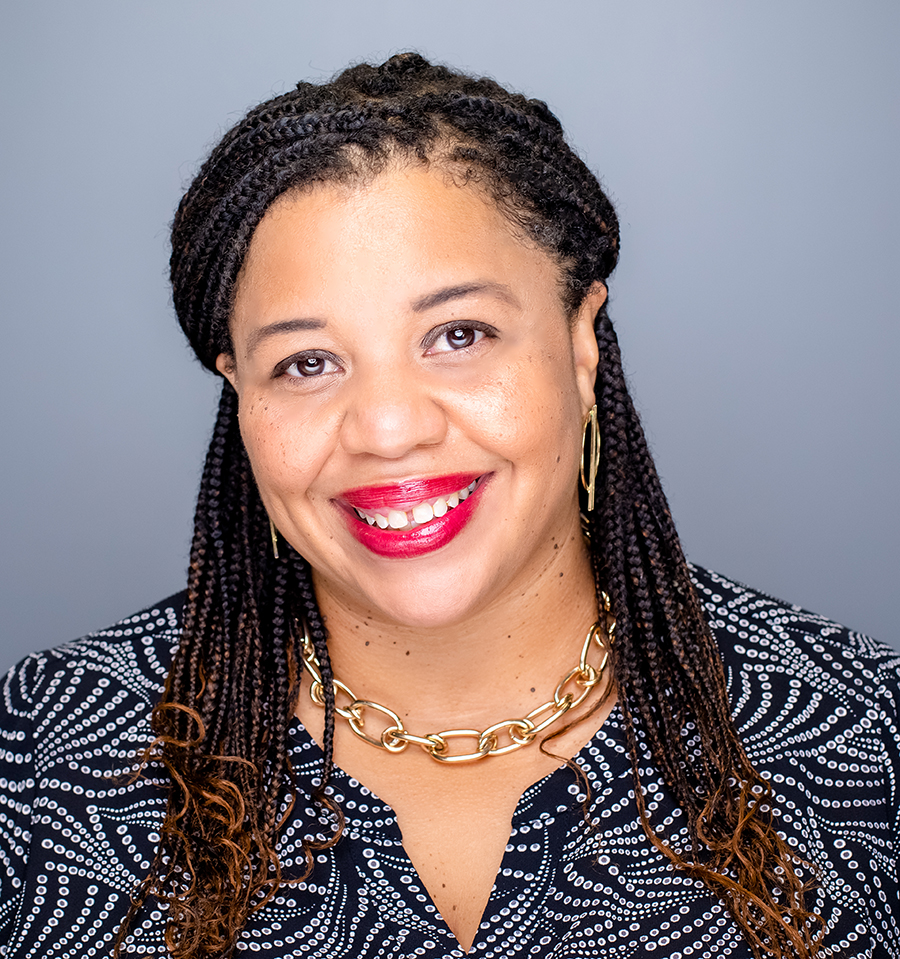Mardrequs Harris is the Director of Community Investments at the Southern AIDS Coalition.
Q: You were recently named the Director of Community Investments for Southern AIDS Coalition (SAC). What originally brought you to the HIV/AIDS space and what is your vision for the future of SAC?
I came into the HIV space by accident. I moved to Atlanta looking for a job and had a friend working in clinical research at Emory University School of Medicine’s Hope Clinic. The research project was recruiting same-gender-loving men between the ages of 18 and 50 to participate in an injectable pre-exposure prophylaxis (PrEP) trial for HIV Vaccine Trails Network 505.
During that job, I was sitting around tables, looking at Community Advisory Boards, and hearing people make decisions. I realized that about 90% of the people did not look like the communities most disproportionately impacted by HIV and had no real connection to or concept of the lived experiences of those people. I knew then that I needed to be at that table as long as I could to make the important decisions and give insights from my personal lived experiences. From that point, I wanted to get people seats at the table by either giving up my spot or giving someone a microphone to elevate them. Everybody has a voice; sometimes they just need it magnified — and that is what kept me in the HIV space.
Along with our new leadership with Dafina Ward as the Executive Director, SAC is reimagining our greatest strengths and contributions to the South and the community. My vision for our programs is to continue listening to the community and hear what it is necessary to advance the cause for those that we serve. A key priority is continuing to develop programming to listen and create spaces for folks to share what they’re impacted by and what they need most. These direct community voices move us toward the policy issues we need to address, the grant opportunities we need to share, and the resources we need to fit the community’s unique needs.
Q: Black Americans, especially Black women and Black Gay and Bisexual Men, disproportionately experience the burden of HIV in the South. Given your expertise in HIV research, advocacy, and community engagement in the South, can you describe the conditions that drive the HIV epidemic in the region, particularly among Black Americans?
While I don’t have an exhaustive answer, the historical context of healthcare systems and redlining in Black communities drive the HIV epidemic in the South. ZIP codes, food insecurity, and other social determinants of health have not been favorable to Black Americans. We are in a better place now, but we still have an extremely long way to go. Not having access to adequate healthcare, being offered low-income jobs, and being excluded from medical research are some of the factors that contribute to the HIV epidemic in the South among Black Americans.
On top of these challenges, there is stigma around folks living with HIV, especially among the LGBTQ+ folks in faith spaces and communities.
In order to fight this stigma, we have to reimagine, re-learn, and even un-learn things that were taught to us about what we can do.
We need better jobs, better access, and more funding in communities that are disproportionately impacted – not just in the large cities, but also in rural towns.
Q: The recent HIV National Strategic Plan: A Roadmap to End the Epidemic 2021-2025 identified the need for coordination among various stakeholders across government, community-based organizations, the private sector, academia, and the community to address the HIV epidemic in the U.S. Why is this coordination necessary and what is SAC’s role in these collaborative efforts?
Coordination is necessary because we need to address the intersectional needs of the community, from housing to education. For example, without housing you may not have anywhere to store your medication or to rest at night. Without a place to live, your priority may not be taking your medication – it’s where to sleep tonight or how to stay safe. Some medications require you to eat food beforehand. If you are food insecure, how are you going to prioritize taking medication that may make you sick? We know that even in education, from kindergarten through postgraduate programming, there is a gap in teaching sexual health, including HIV prevention and awareness. This includes using people-first language that does not judge or condemn people living with HIV.
No one has all the answers, and no one can make a single decision that impacts the whole spectrum of HIV among different communities. For so long, we’ve dealt with the HIV epidemic without addressing housing, food, faith, and other social, economic, and health challenges that people living with HIV may face. SAC serves as a bridge to bring people together to share knowledge and develop robust programs that deal with the epidemic from a holistic perspective.
Q: In your experience, what do you wish people understood about HIV in the South? What will it take to truly make progress towards ending the HIV epidemic in the South?
What I wish people understood about HIV in the South is that HIV is a manageable disease. HIV is not something that can be easily passed on just because you’re in the same space with someone living with HIV. People living with HIV still thrive and live whole lives. It is not the same story for everybody, but with the right access and therapies, it’s possible. Medical advancements have led us to viral suppression, in which the HIV virus is undetectable and therefore untransmittable. This helps not only the individual, but also the people they love and choose to be with.
HIV does not equal death—it’s the silence, stigma, and forced traumas on people living with HIV that equal death.
A simple conversation can give you more education than any reading you could ever do. Having an open space to share can be key to starting on a path to better health, and SAC strives to provide that space for people living with HIV and the broader community. In order to truly make progress in the HIV epidemic in the South, we have to properly educate the community by debunking the myths and un-learning the things we have heard about HIV in the past.
We also need flexible resources to provide tailored projects for the community. Sometimes the funding opportunities are so rigid that it doesn’t allow us to get at the real need. Flexible funding will allow us to be more progressive and more intentional in our programming. Collaboration, along with personalized resources for the community, creates intentional inclusion of people living with HIV across all our shared spaces. People living with HIV should be the decision-makers for the community as subject matter experts, not just be at the table to check off boxes. In the South, coordination around faith in the communities most disproportionately affected by HIV is also important, as it is a big part of the lives of those in the area.
Q: February is Black History Month, serving as an opportunity to highlight the deep health inequities experienced by Black Americans, including those living with HIV in the South. What message do you have for the community for this month?
I choose to not really focus on disparities, but rather focus on the resilience of the community. We are resilient, strong people with tenacity, faith, and hope. Those are the ingredients that make us who we are and have allowed us to persevere. Don’t allow people to define you by a disparity and take this message all year and years after, not just for one month. We highlight it in a month, but we are American history. Black history is American history.




